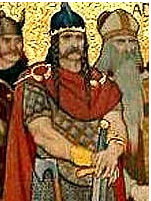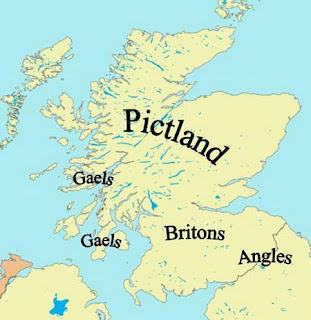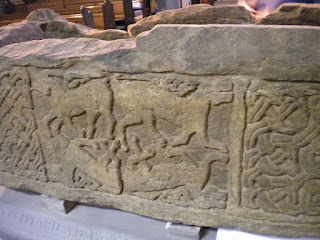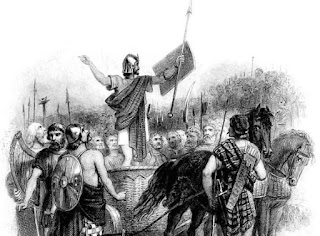Kenneth MacAlpin

King of Scotland Kenneth MacAlpin came out of relative obscurity to found a royal line that ended with Bonnie Prince Charlie almost a thousand years later. Famed for uniting the Picts and the Gaels, many legends have grown up about him. These produced a contradictory series of tales – few of which can be taken at face value. Kenneth – or in Gaelic, Cináed mac Ailpín was born about 800AD, in Dál Riata - which, despite the prestige of lona, had become a backwater. Most of the kings who ruled in this period paid tribute to the Picts, who were the regional superpower. The first Viking raids upon Britain and Ireland were taking place at this time. Lindisfarne was burned in 793 and Iona was attacked half a dozen times before 826. The Pictish heartland escaped serious attack from these early raiders, but the smaller and less well organised kingdom of the Gaels of Dál Riata where Kenneth was growing up – was thrown into disarray. The one spirited king, Aed the White, had died in 778 and n...








